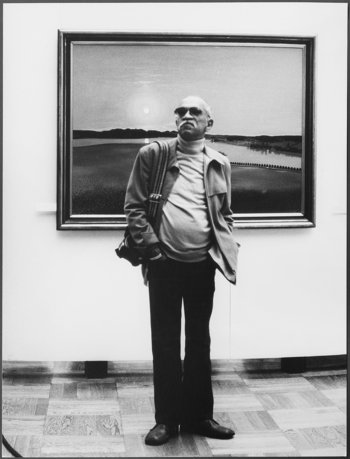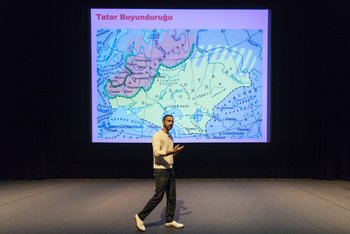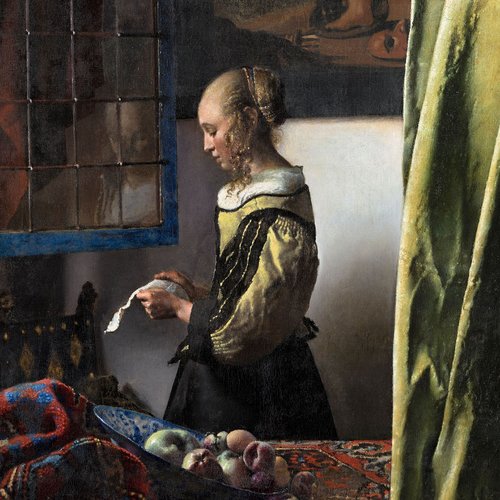Conference conveners:
Conference conveners: Julia Tatiana Bailey and Kathleen Reinhardt
Participants in the conference: Jérôme Bazin, Jessica Horton, Mary Ikoniadou, Ksenia Nouril, Agnieszka Pindera, Gaelle Prodhon, Maria Anna Rogucka, Sophie Thorak, Christopher Williams-Wynn, and artists Jasmina Cibic, Yevgeniy Fiks, and Slavs and Tatars.
The conference will be held in English.
This conference builds on the Art in Translation/University of Edinburgh anthology project Hot Art, Cold War, and is presented in conversation with the research and exhibition project Revolutionary Romances: Transcultural Art Histories in the GDR at the Albertinum of the Staatliche Kunstsammlungen Dresden. This conference is the first in a series of three that explore alternative Central-East European art histories, with workshops to follow in 2023 at the Institute of Art History and the Piotr Piotrowski Center for Research on East-Central European Art at the Adam Mickiewicz University in Poznań, Poland, and at MARe/Museum of Recent Art in Bucharest, Romania.
The conference is made possible through support from the Terra Foundation for American Art.
The lecture performance by Slavs and Tatars is made possible through the support of the Goethe-Institut New York.






